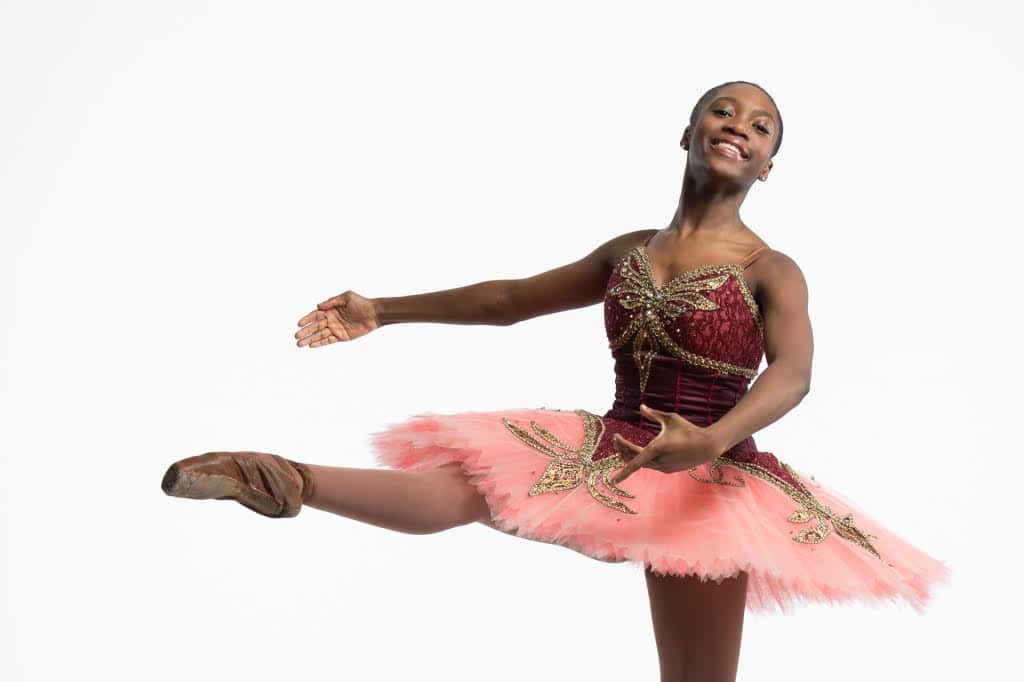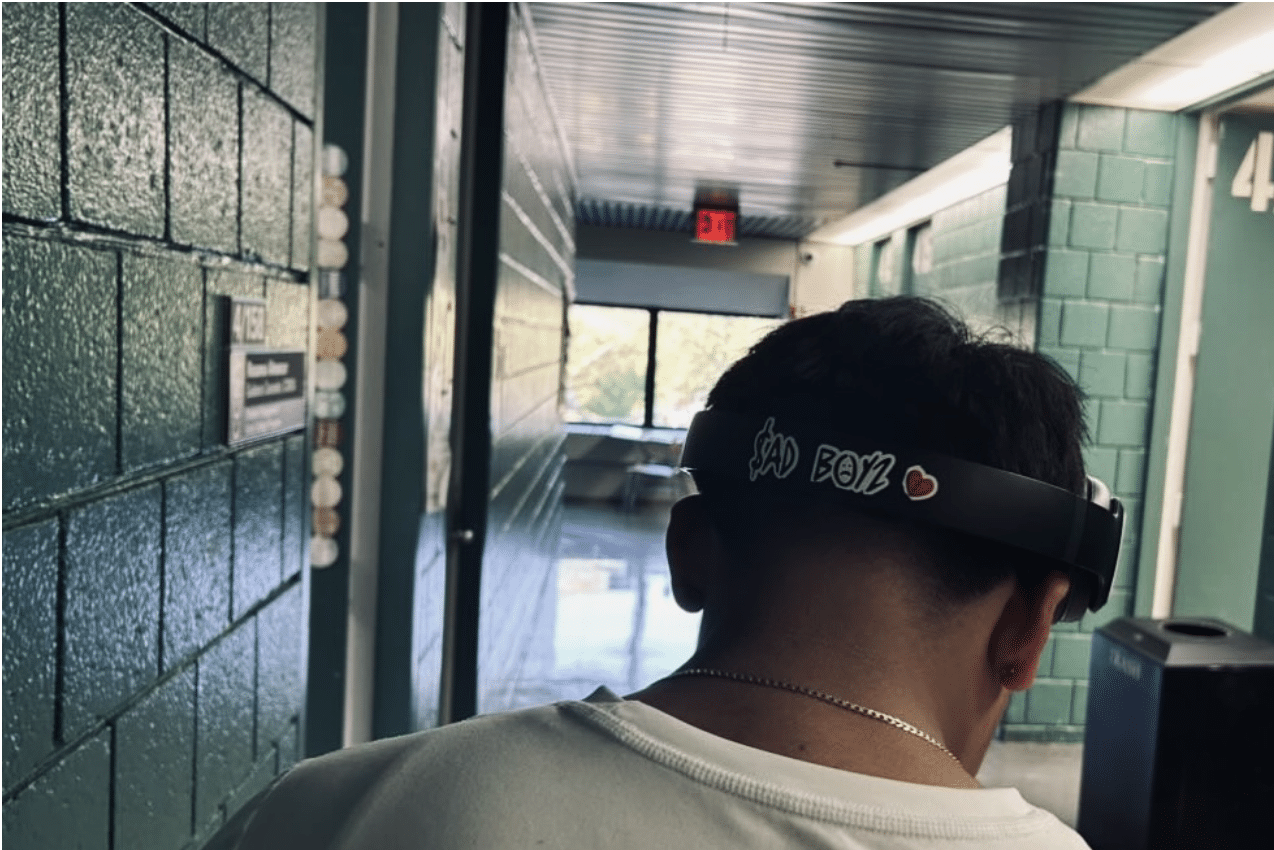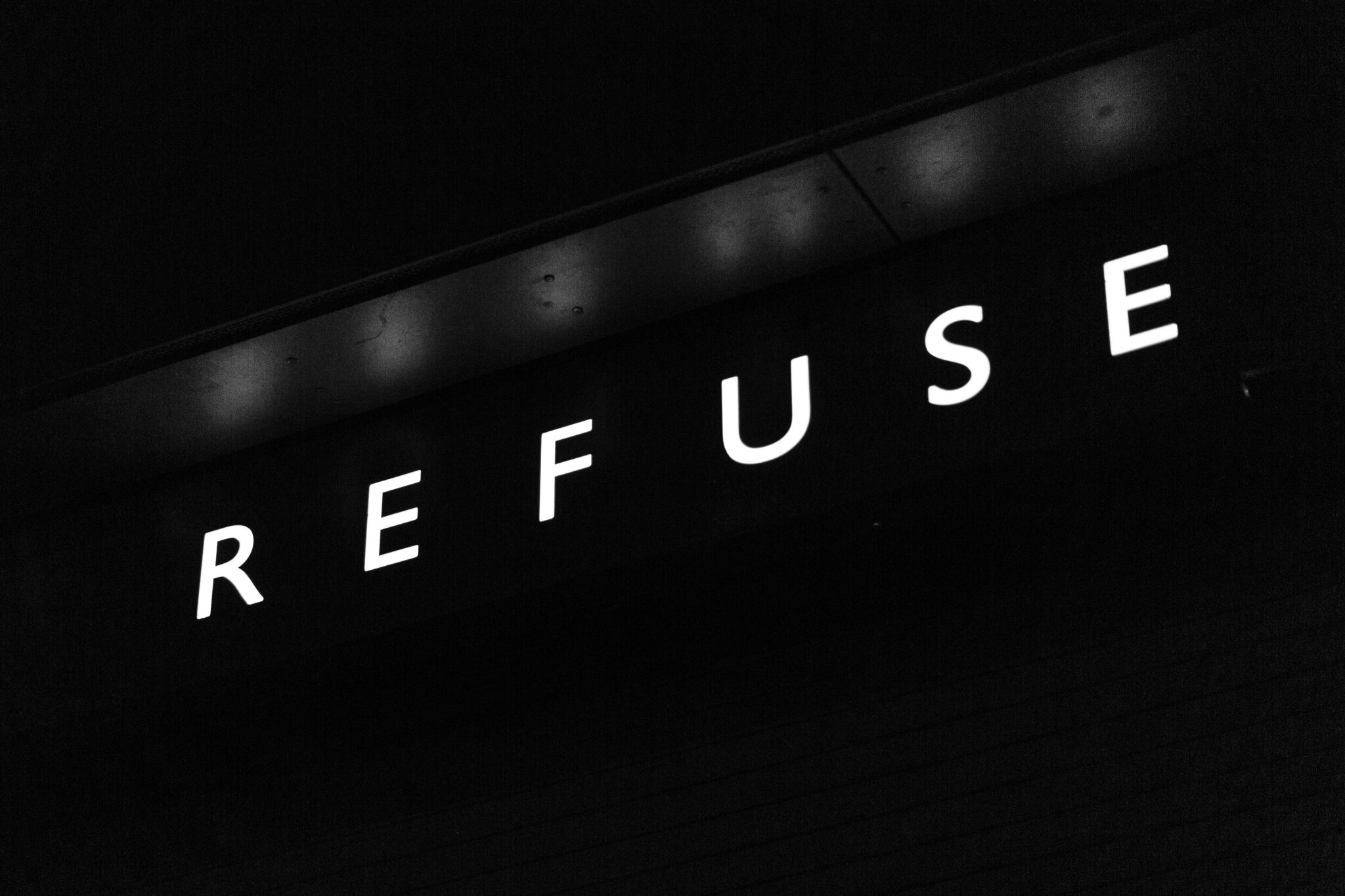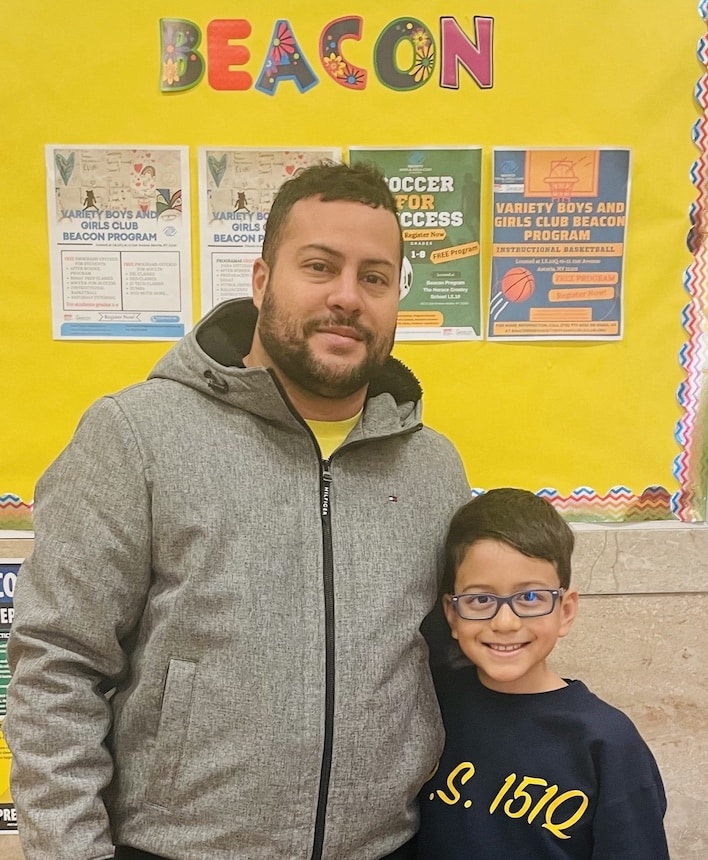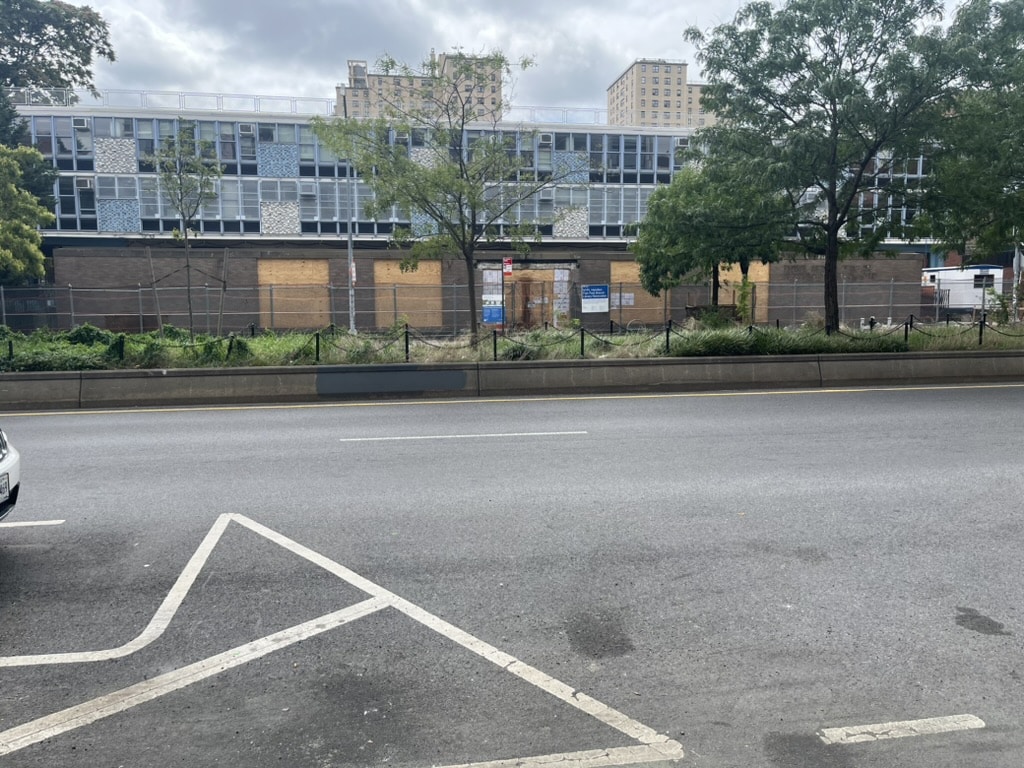Being a student at Harlem School of the Arts has helped shape Jenelle Henry into the person she is today ... exactly as founder Dorothy Maynor dreamed. Photo: Rachel Neville, Courtesy of Dance Theatre of Harlem.
There’s a new shine on one of Central Harlem’s crown jewels. Thanks to generous donations from legendary trumpeter and philanthropist Herb Alpert, the Harlem School of the Arts (HSA) has emerged from COVID-19 with renewed curb appeal.
Alpert’s support of HSA began in 2010 when an article in The New York Times highlighting the school’s financial struggles caught his attention. His organization immediately supplied a $500,000 check to keep the doors open, and over the past decade, the Herb Albert Foundation has contributed more than $17 million in financial support.
“I was very fortunate that I had that exposure to music and was encouraged to stick with it,” Alpert said in a statement on the renovation. “Years ago, when the arts programs were cut out of our public schools, so many kids stopped having that opportunity.”
In 2019, Alpert and his wife, Grammy Award-winning singer Lani Hall Alpert, funded a $9.5 million renovation of HSA dubbed the Renaissance Project. Architects replaced a significant portion of the school’s brick façade with an angled glass curtain wall that now allows community passersby an opportunity to steal a peek of the performance space that was once hidden.
“We started with this brick wall because in the sixties, it needed to feel like a fort,” said Yolanda Wyns, HSA’s Chair of Music. “It needed to feel like a place where children were safe – protected. Now we’ve opened the wall to show the community what we do. It’s bringing new life into the building.”
Additional renovations include a redesigned visitor check-in and decorative murals throughout the main lobby that visualize the history and mission of the organization. The school’s garden courtyard has also been outfitted with an ambient lighting system that accentuates the space’s natural textures, including seasonal flowering trees and a waterfall constructed against a bedrock wall.
The timing of HSA’s renovation was fortuitous. By breaking ground just before COVID-19 gripped the city, the school was able to continue with improvements unimpeded. The project was completed on time and on budget, with doors ready to reopen just before students returned to in-person classes last summer.
“It was just overwhelming for me to see those beautiful little kids come into the building. And they were about as excited as we were to see them,” Wyns said. “There was this burst of energy coming back. We had our homecoming. That’s what we called it – coming back home.”

HSA was founded in the basement of St. James Presbyterian Church at the corner of St. Nicholas Avenue and West 141st Street in 1964 by renowned concert soprano Dorothy Maynor whose many career highlights include inaugural performances for Presidents Harry S. Truman and Dwight D. Eisenhower. Maynor believed that arts training stimulates children’s minds, and arts institutions instill pride of ownership within a community. Armed with this knowledge, she was motivated to offer music classes in a neighborhood suffering from crippling poverty and a lack of cultural resources.
HSA spokesperson, Sam Mattingly, explained that Dorothy Maynor knew first-hand how the arts could improve lives. “She saw how the arts opened up different doors for her,” Mattingly said. “As a singer, she may not have been able to perform on various stages in the United States, but she became the first Black woman to sit on the board of the Metropolitan Opera. She became the first Black woman to sing at two presidential inaugurations. No matter how many barriers were placed in front of her, her talent was able to carry her over the fence.”

According to UCLA researcher James Catterall in his 2009 book Doing Well and Doing Good by Doing Art, the positive effects of an arts education for all students are far-reaching. In an intro packet to the book, he wrote, “Intensive involvement in the arts during middle and high school associates with higher levels of achievement and college attainment, and also with many indications of pro-social behavior such as voluntarism and political participation.”
But public school arts education programs are perilously underfunded. And studies have shown that the arts programs that do remain within the public school system are often inaccessible to students of color. A study by Americans for the Arts in 2008 concluded that “African-American and Hispanic students had less than half of the access to arts education than their white peers.”
As public education continues to face slashed arts budgets, HSA has remained constant in its mission to provide world-class interdisciplinary training in music, dance, theater, media and design to underserved communities, work they have been doing for nearly six decades.
The faculty and staff of HSA bring a wealth of professional experience into their classrooms, which allows them to share inside knowledge of what it’s like to work in their chosen field. This helps them to better prepare those students who plan to pursue careers in the arts.
“One of my missions as a teacher has always been to demystify the process,” said A.K. Lovelace, a professional comic book artist and HSA’s Chair of Media & Design. “Being able to show them this is how it’s done has been extremely gratifying. Seeing their eyes open up when they start to understand, it never gets old.”
Marley Alburez, a high school sophomore with plans to pursue a career as a graphic novelist, says that HSA was the first to offer her art classes that went deeper than just drawing for fun. “I really learned the process and was educated in the fundamentals in a way that I hadn’t been before,” she said. “It helped me understand the hard work that comes with doing art, and it helped me build my skills so I could do that in the future.”
HSA estimates that it reaches over 10,000 people annually through various public programs and community performances. In addition to its full-time students, the school holds more than 4,000 group classes and 5,000 private lessons each year.
Educators at HSA are committed to continually reshaping their curricula to reflect the ever-evolving needs of their students.
Leyland Simmons, HSA’s Chair of Dance, said that he is grateful to have had a hand in developing a program that has prepared students for work on Broadway, in television and film, and with renowned dance companies across the United States and around the world. He applauds the caliber of work he regularly witnesses from the young people in his classes.
“You see these kids who have this razor-sharp focus, and they’re just so intuitive,” Simmons said. “And when you give them information, they absorb it and think about it. They take it home with them. Then they come back, and they’ve taken the work to another place, and it’s like, Whoa!”
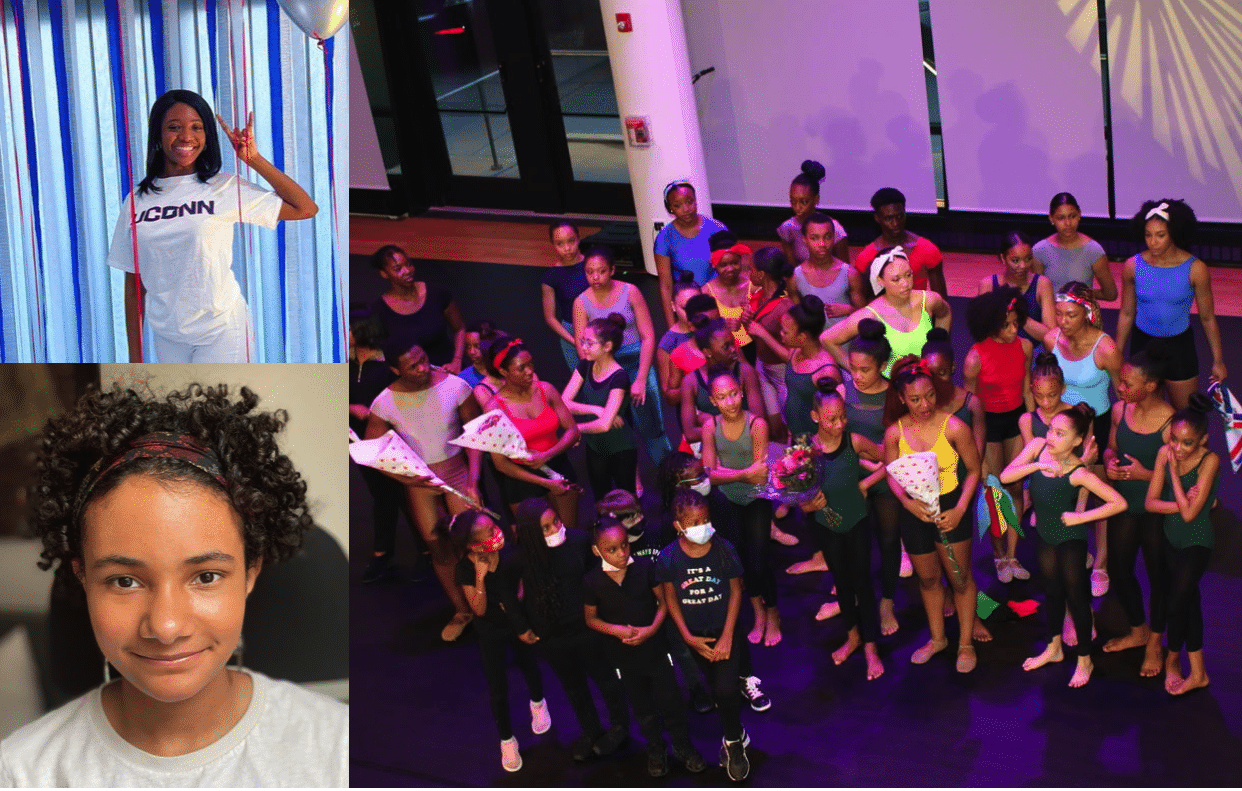
Jenelle Henry is a lifelong dancer and has been a student of Simmons since 2018. She is currently wrapping up her senior year of high school in New Jersey with plans to attend the University of Connecticut in the fall as a biological science major on the pre-medical track. Despite her busy academic schedule, Henry is at the school six days a week. “I definitely think the teachers and the guest choreographers that Mr. Leyland [Simmons] brings in help me and my life as a whole,” Henry said. “The discipline that ballet and modern give you as a young woman going into college and stepping into a new journey are things I’ll carry with me throughout life.”
Harlem School of the Arts began as a gathering space for young people to explore their creativity. Thanks to a cadre of innovative educators, generous benefactors and dedicated students, this cultural oasis has continued to flourish.
“I think Dorothy Maynor would be very proud of us right now because we took what she had in mind as her mission to expose excellence in the arts to underprivileged children, to Black and brown children out in the Harlem community that really didn’t have the means to have culture, and we’ve expanded it,” Wyns said. “I know Dorothy Maynor would be very proud because this is their safe place.”
Tags: art education Black and Brown communities CUNY Journalism Dorothy Maynor Gary Hilborn Student Journalism The City College of New York The Harlem School of the Arts
